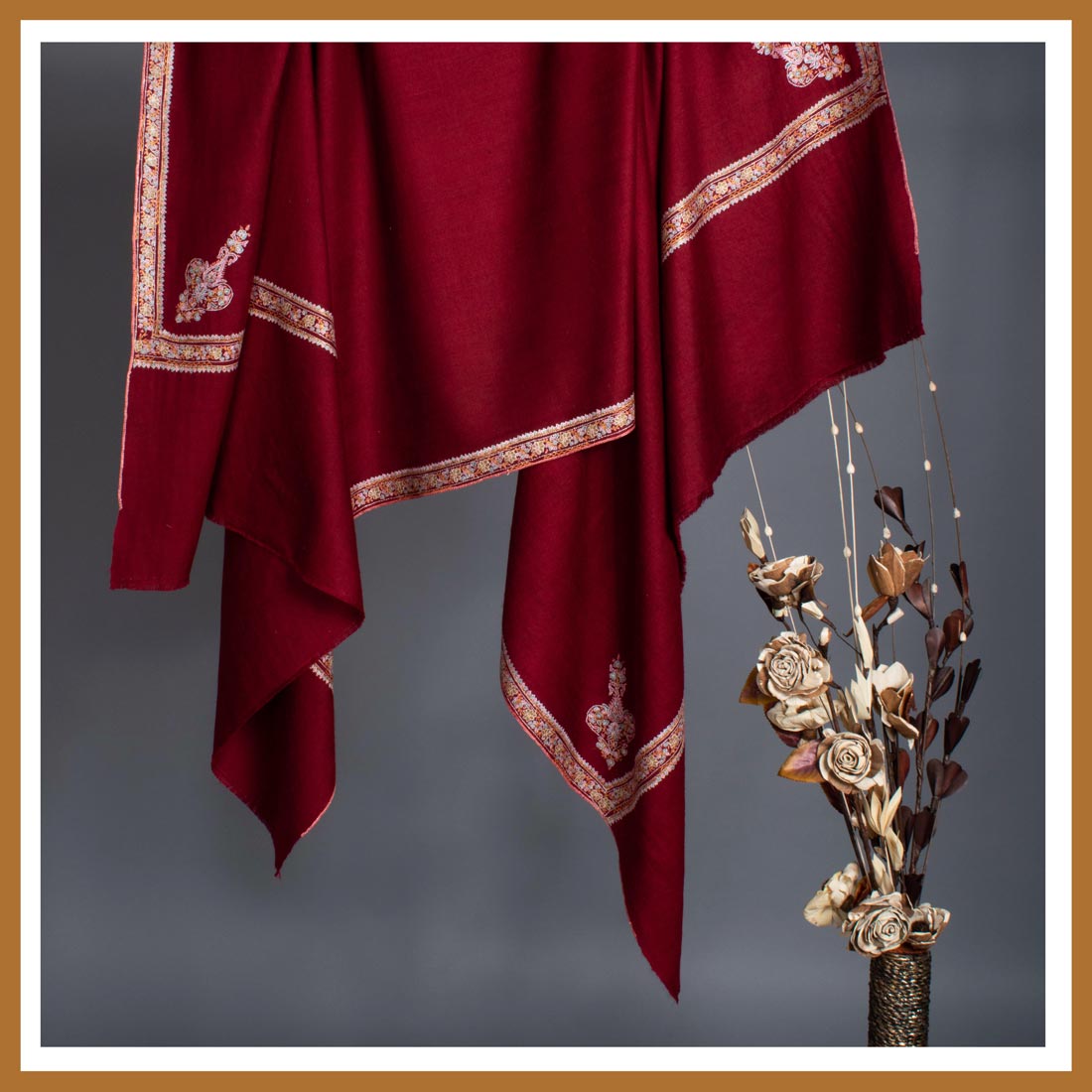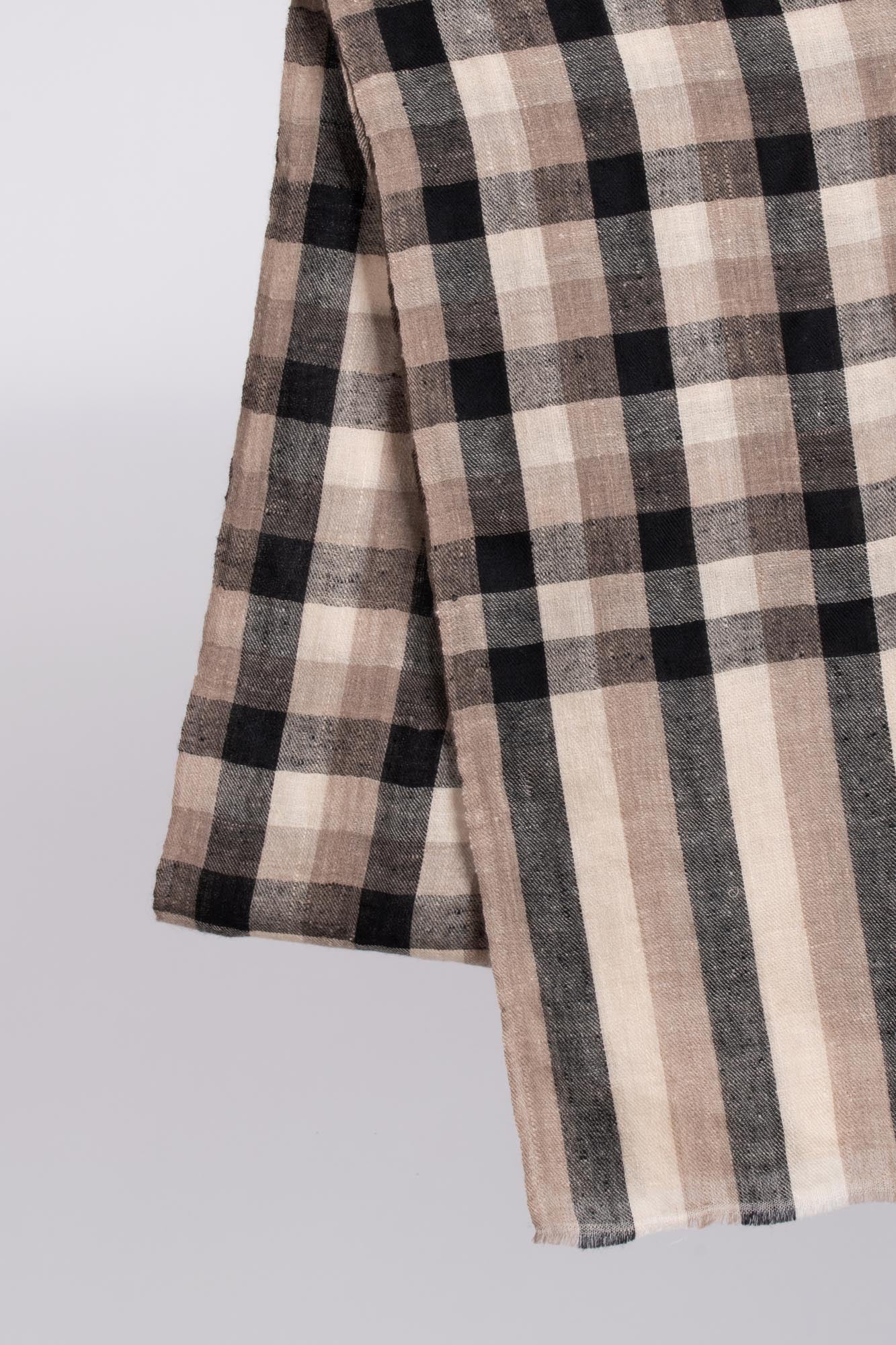
Pashmina scialli: cosa sono fatti ?
Scialli di pashmina, RRinomati per la loro eccezionale fattura e il calore ineguagliabile, questi scialli sono stati considerati simboli iconici di lusso ed eleganza nel corso della storia. Originari della regione himalayana, questi splendidi accessori hanno conquistato i cuori degli amanti della moda in tutto il mondo. In questo articolo, ci addentriamo nell'affascinante mondo degli scialli di pashmina, esplorando i materiali che li rendono così unici e ambiti.
Le origini della pashmina
Gli scialli Pashmina prendono il nome dalla lana pregiata nota come pashm, che si ottiene dalla capra Changthangi. Queste capre, originarie delle regioni ad alta quota dell'Himalaya, si sono evolute per resistere a temperature estremamente fredde. Per proteggersi, sviluppano un sottopelo incredibilmente morbido e caldo.
La realizzazione degli scialli Pashmina
- Pashmina (Cachemire) Lana: il materiale principale utilizzato negli scialli di pashmina è la lana pashm fine, comunemente nota come cashmere. La pashm viene raccolta a mano dalle capre Changthangi durante la stagione della muta primaverile, quando perdono naturalmente il pelo invernale. Questo sottopelo lanuginoso viene raccolto con cura, assicurando che vengano selezionate solo le fibre più morbide e pregiate.
- Filatura a mano: una volta raccolta la lana pashm, viene sottoposta a un meticoloso processo di filatura a mano. Abili artigiani filano abilmente le fibre in fili sottili utilizzando un tradizionale filatoio o un charkha. Questa laboriosa tecnica assicura la conservazione della natura delicata e leggera della pashmina.
- Tessitura a mano: gli scialli di pashmina sono tradizionalmente tessuti su telai a mano. Gli artigiani impiegano intricati modelli e tecniche di tessitura, facendo passare i fili filati attraverso il telaio per creare un tessuto dalla trama meravigliosa. La maestria coinvolta nella tessitura degli scialli di pashmina è una testimonianza dell'abilità e dell'abilità degli artigiani che hanno affinato le loro tecniche nel corso delle generazioni.
- Tintura e abbellimenti: dopo il processo di tessitura, gli scialli di pashmina possono essere sottoposti a tintura per aggiungere colori vivaci. Le tinture naturali derivate da piante e minerali sono spesso utilizzate per mantenere la natura organica ed ecologica dell'artigianato. Inoltre, gli scialli di pashmina possono essere adornati con ricami delicati, motivi intricati o bordi decorativi, esaltandone ulteriormente la bellezza.
Il lusso ineguagliabile degli scialli in pashmina
L'uso della lana pashm nella lavorazione degli scialli pashmina è ciò che li distingue e contribuisce alla loro qualità senza pari. Le caratteristiche uniche della pashmina, tra cui la sua eccezionale artigianalità, la sensazione di leggerezza e le eccellenti proprietà isolanti, la rendono un materiale ideale per i capi per il freddo. Le fibre naturali della pashmina assicurano traspirabilità, fornendo calore senza surriscaldare.
L'eredità duratura degli scialli di pashmina
Gli scialli in pashmina incarnano il ricco patrimonio culturale della regione himalayana e la maestria dei suoi abili artigiani. L'attenta selezione della migliore lana pashmina, gli intricati processi di filatura e tessitura a mano e l'aggiunta di coloranti e abbellimenti naturali contribuiscono tutti al fascino senza tempo degli scialli in pashmina.
Il supporto all'approvvigionamento etico e alle pratiche del commercio equo e solidale garantisce la conservazione di questo antico mestiere e rafforza gli artigiani che continuano a creare questi accessori eccezionali. Sciabola, siamo orgogliosi di promuovere l'arte della pashmina, scegliendo consapevolmente di celebrarne la tradizione e promuovendo al contempo un settore sostenibile ed equo.















Lascia un commento
Questo sito è protetto da hCaptcha e applica le Norme sulla privacy e i Termini di servizio di hCaptcha.